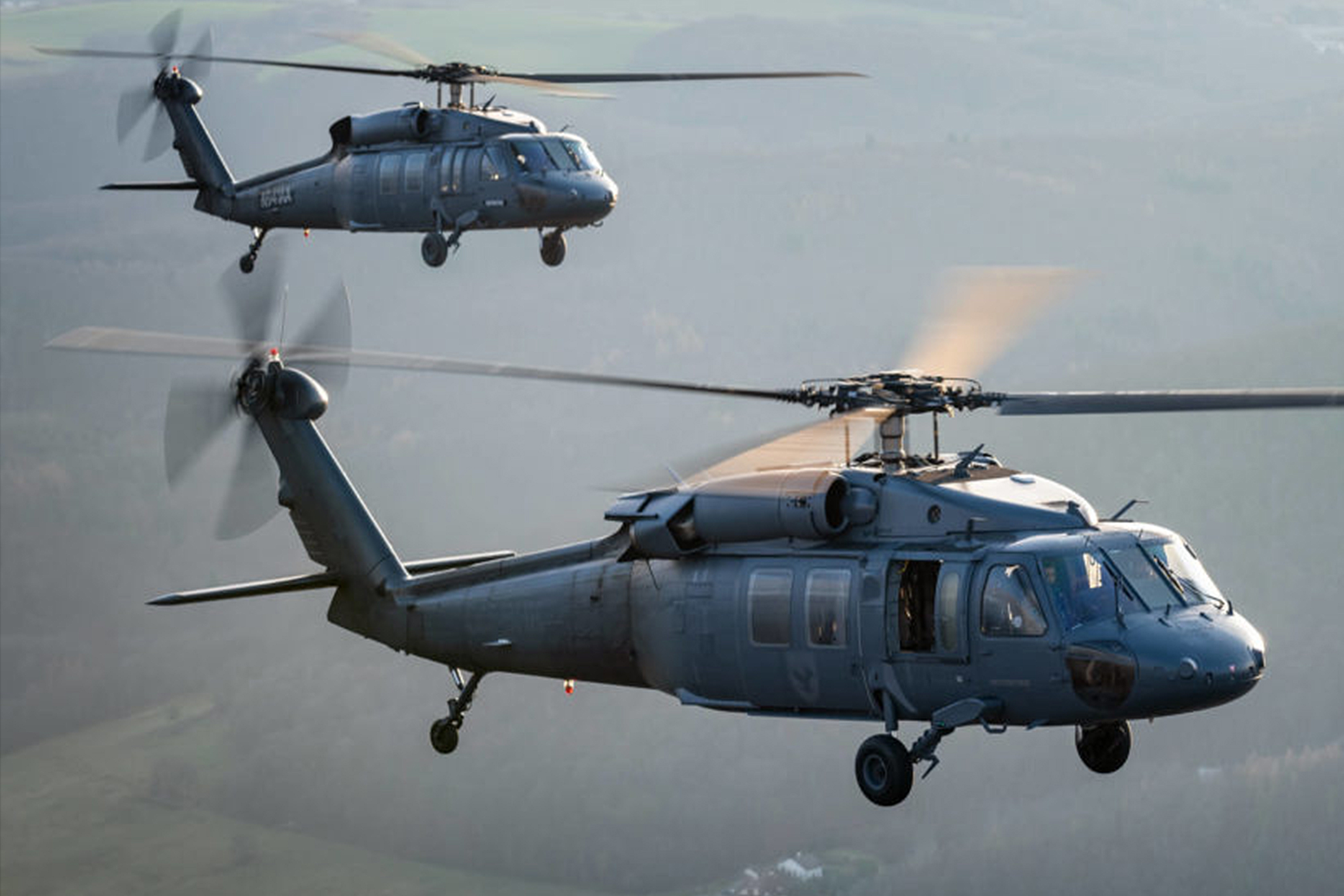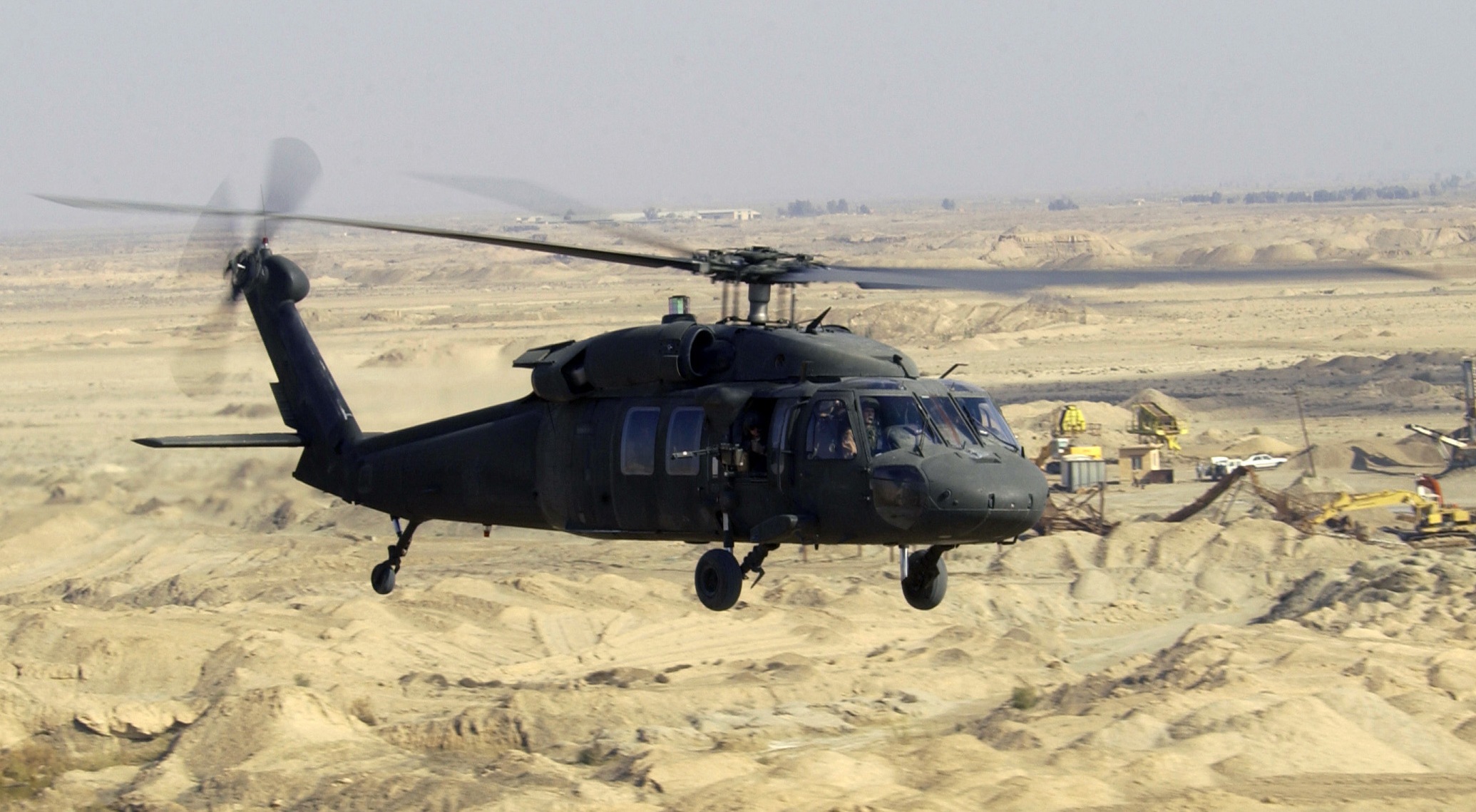Just how the UH 60 Continues to Develop for New Armed Force and Private Citizen Applications
Necessary Realities and Insights About the UH-60 Helicopter
The UH-60 helicopter, a keystone of contemporary army aviation, has progressed considerably considering that its intro in 1979. Understanding the details of the UH-60's function discloses an intricate narrative of technology and adjustment that merits better exploration.
History of the UH-60
The UH-60 Black Hawk helicopter was created in the late 1970s as part of the United States Army's initiative to change the older UH-1 Iroquois. The requirement for an extra functional, long lasting, and capable airplane occurred from the lessons found out throughout the Vietnam Battle, where the restrictions of the UH-1 came to be noticeable. In 1972, the Military initiated a program to procure a brand-new energy helicopter, finishing in a competitive design phase that saw a number of suppliers send propositions.
Sikorsky Airplane was ultimately awarded the contract in 1976, and the first model of the Black Hawk flew in 1974. Its design concentrated on advanced technology, including a four-blade blades system and a modular building that enabled for quick field upkeep and flexibility to different missions. Officially going into solution in 1979, the UH-60 swiftly became the foundation of Army air travel, serving in a wide variety of roles such as troop transportation, medevac, and logistical support.
Over the years, the Black Hawk has gone through various upgrades and adjustments, strengthening its standing as an essential possession in army operations around the world (UH 60). Its durable performance proceeds to satisfy the evolving demands of modern-day war
Design and Functions
Integrating innovative design concepts, the UH-60 Black Hawk features a sleek, aerodynamic design that improves its efficiency and effectiveness. This twin-engine energy helicopter is identified by its distinct shape, with a high-mounted, four-blade main rotor system that gives outstanding lift and security. The rotor blades are created from composite products, adding to their toughness and decreasing maintenance demands.
The fuselage is developed for ideal weight distribution and architectural stability, enabling for an optimum gross weight of around 22,000 extra pounds. The cabin layout helps with versatile setups, accommodating various missions, from troop transportation to medevac operations. Furthermore, the cockpit is equipped with advanced avionics, including digital display screens and multi-functional systems that enhance situational recognition.
The UH-60 additionally includes composite materials in its airframe, which reduce radar cross-section and boost survivability in aggressive atmospheres. Its retractable touchdown gear improves the aircraft's account, additional contributing to its wind resistant efficiency. Generally, the thoughtful assimilation of style elements and products not only boosts the Black Hawk's functional capabilities yet likewise guarantees that it remains an important asset for goals across varied terrains and problems.
Functional Abilities


The UH-60 is equipped with innovative avionics and navigating systems, assisting in operations in challenging climate problems and low exposure scenarios. Its durable layout allows it to do in extreme and high-altitude temperature level problems, additionally extending its functional array. The helicopter's twin-engine setup gives redundancy and boosted efficiency, making sure dependability during critical goals.
Furnished with sophisticated communication systems, the Black Hawk boosts situational understanding and coordination amongst armed forces devices. Furthermore, its ability to perform aerial reconnaissance and assistance close air support goals highlights its essential role on the field of battle. In general, the UH-60 Black Hawk's functional capabilities are a testimony to its value in modern army aviation, successfully meeting the needs of a swiftly progressing operational landscape.

Adjustments and variations
Different variants and modifications of the UH-60 Black Hawk have actually been created to fulfill details goal demands and improve its operational versatility. One of the most significant version is the UH-60L, which presented upgraded engines, improved avionics, and boosted freight capability. Furthermore, the UH-60M variant attributes progressed digital avionics, a more effective engine, and enhanced survivability systems, making it ideal for a broader variety of missions.
The HH-60G Lead Hawk is an additional specialized variant, made for search and rescue procedures. It is geared up with innovative navigating systems, external gas containers, and medical evacuation capacities. Likewise, the MH-60R Seahawk is optimized for anti-submarine warfare and maritime procedures, flaunting sophisticated he has a good point radar and finder systems.
In addition, the armed variations, such as the AH-60, are changed for straight attack functions, including weapon systems like rockets and gatling discover here gun. The UH-60's flexibility is further showcased in its capacity to be fitted with mission-specific devices, consisting of cargo hooks for transportation, troop transportation interiors, and reconnaissance sensing units.
These variants and adjustments underscore the Black Hawk's crucial function in modern-day military operations, showcasing its capacity to adapt to progressing mission demands.
Duty in Good Samaritan Initiatives
The UH-60 Black Hawk has tipped up to play a critical duty in humanitarian efforts around the world, demonstrating its adaptability past military applications. This multi-mission helicopter is furnished to perform a selection of objectives, including medical emptyings, calamity alleviation, and logistical support in tough environments.
Throughout natural catastrophes, such as storms and quakes, the Black Hawk has actually proven vital for transporting alleviation supplies and personnel to affected areas. Its ability to run in austere conditions enables it to reach remote places that might be unattainable by ground transport, guaranteeing timely support to those in requirement.
Furthermore, the UH-60 is commonly made use of for clinical discharge goals, promptly transporting injured individuals to clinical facilities. Its advanced clinical capacities, consisting of room for clinical personnel and tools, enable life-saving interventions during crucial situations.
In global procedures, the Black Hawk regularly works together with humanitarian organizations, showcasing address its adaptability and integrity. By leveraging its capacities, the UH-60 not just sustains armed forces objectives yet additionally plays an important role in saving lives and minimizing suffering throughout altruistic situations worldwide.
Verdict
The UH-60 helicopter has actually established itself as a crucial property in armed forces procedures given that its intro, defined by its robust layout and flexible capacities. Its different setups cater to a vast array of goals, from army transport to clinical emptying. The UH-60's contributions expand beyond combat, playing a significant duty in humanitarian initiatives worldwide. The ongoing development of this airplane highlights its significance in modern-day aviation and its flexibility to meet varied functional needs.
The UH-60 Black Hawk helicopter was created in the late 1970s as part of the United States Army's effort to change the older UH-1 Iroquois.Including advanced engineering concepts, the UH-60 Black Hawk features a sleek, aerodynamic style that boosts its efficiency and efficiency.Enhanced style and progressed design permit the UH-60 Black Hawk to excel in a variety of operational functions. On the whole, the UH-60 Black Hawk's functional capabilities are a testament to its significance in modern armed forces air travel, efficiently satisfying the needs of a quickly advancing operational landscape.
Different variations and adjustments of the UH-60 Black Hawk have actually been established to meet certain objective demands and improve its operational adaptability.